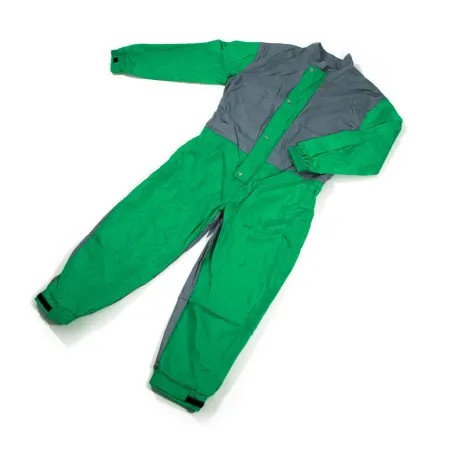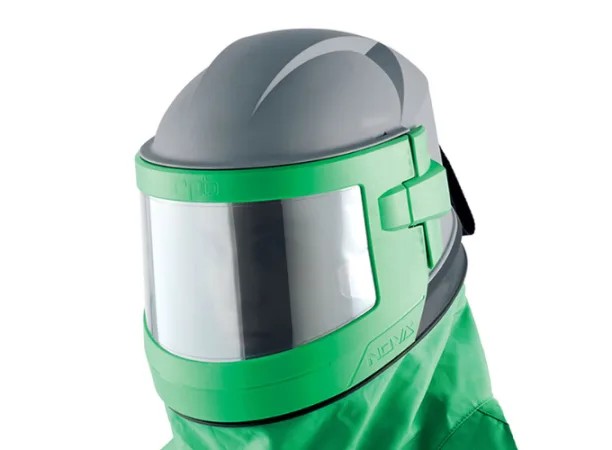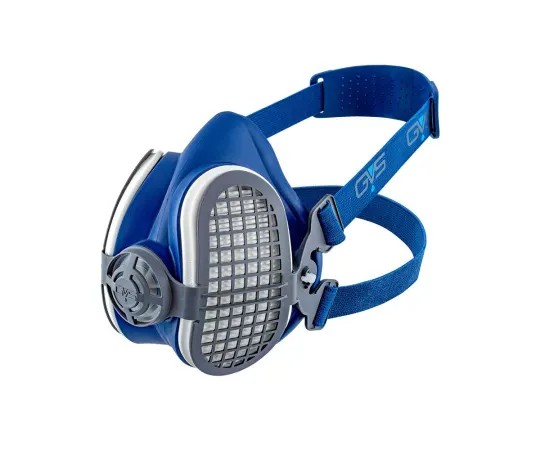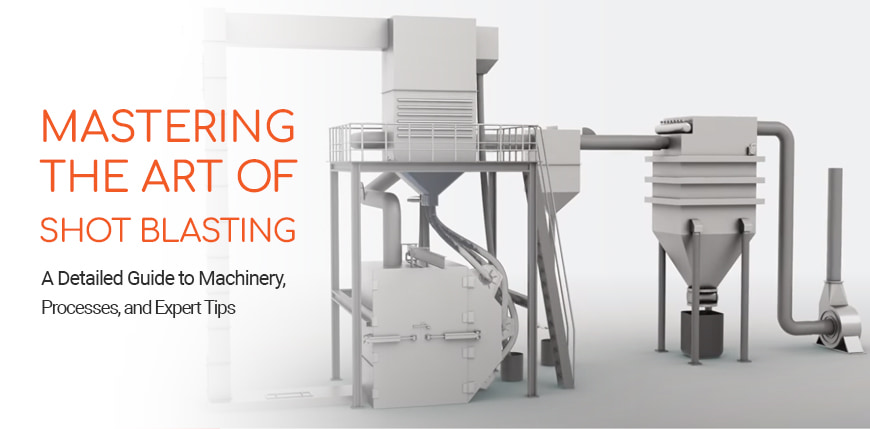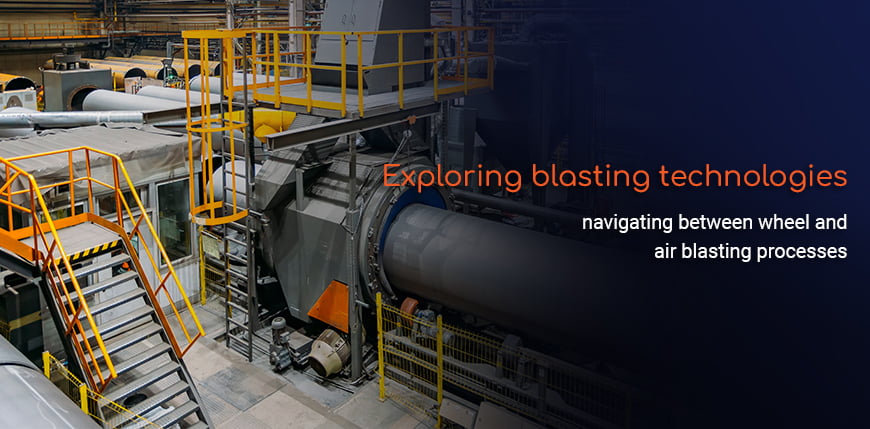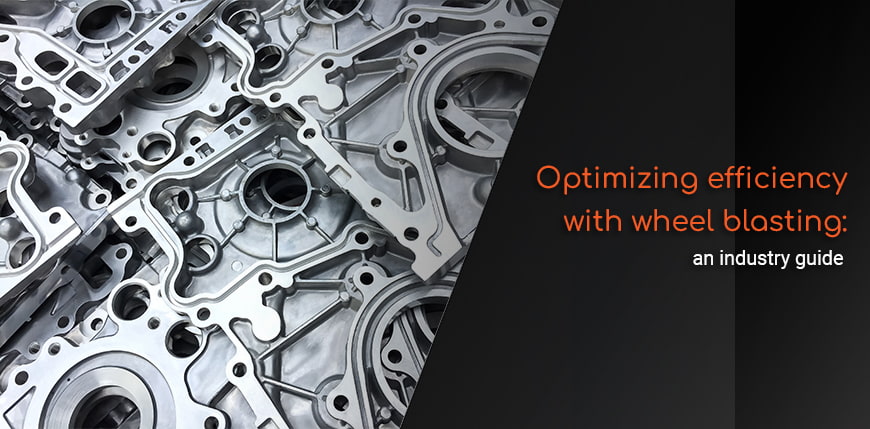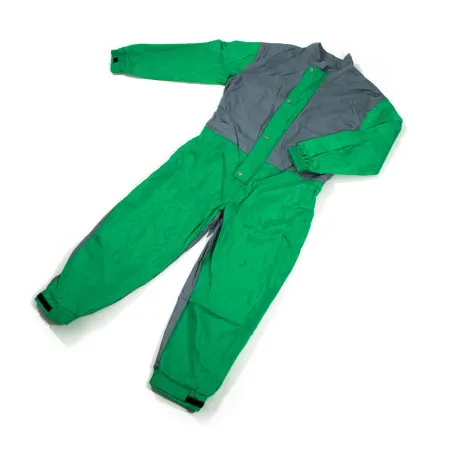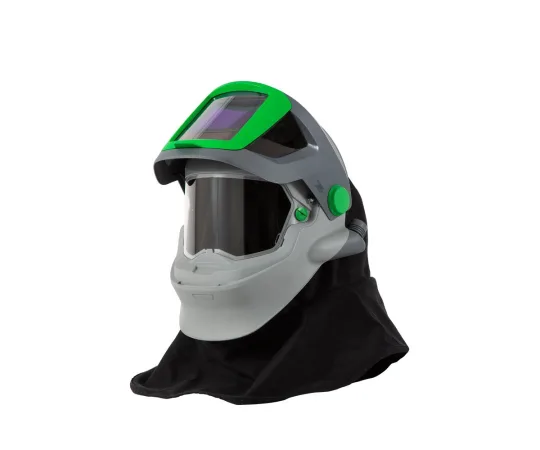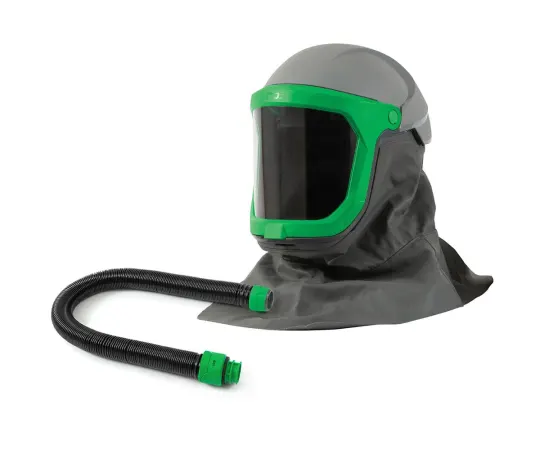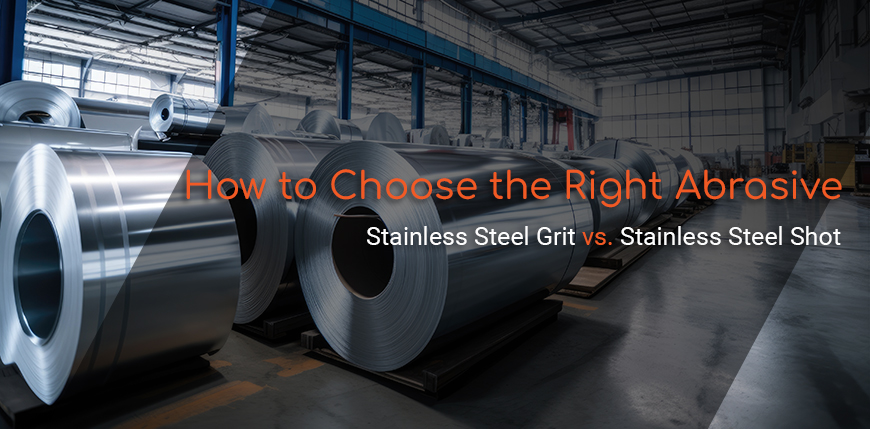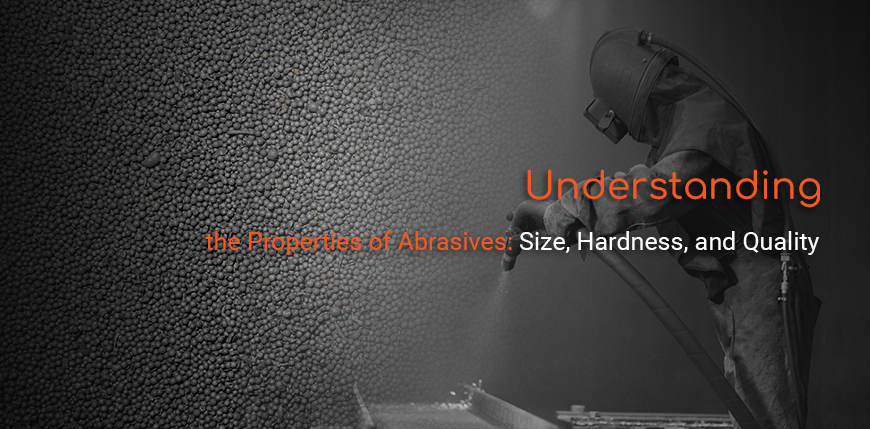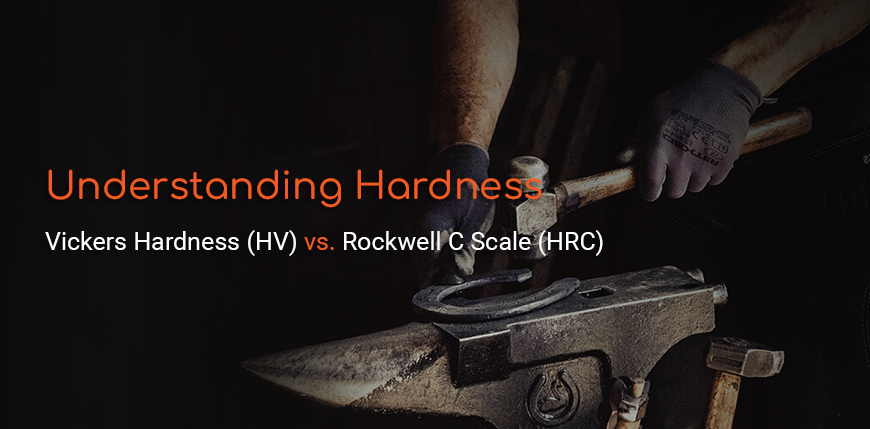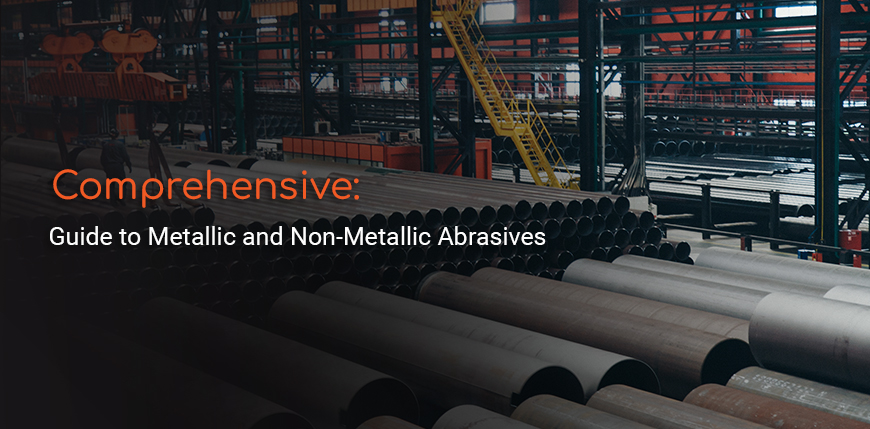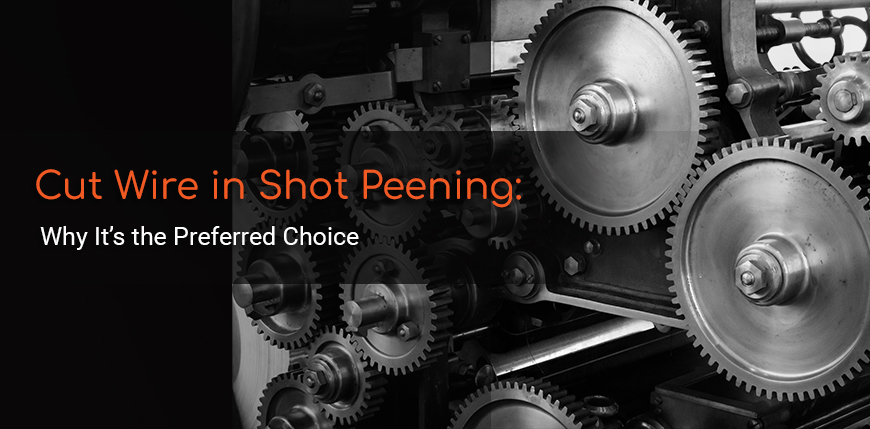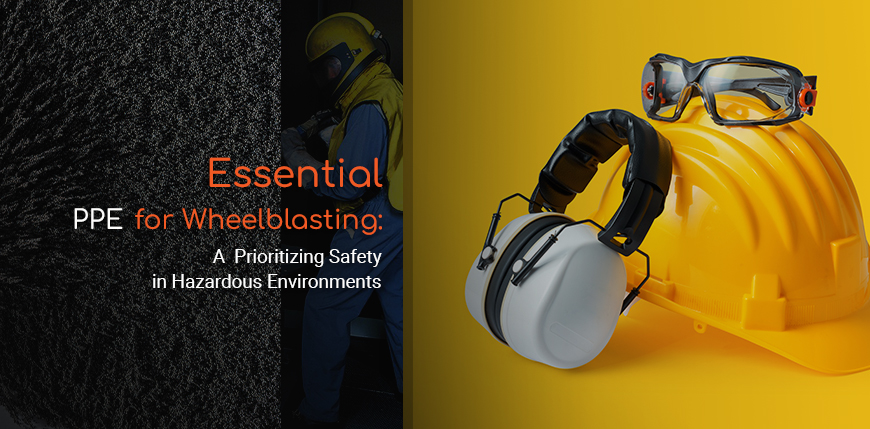
Unlike airblasting, where the operator directly controls the process and requires operational protection, wheelblasting is more about shielding workers from a dangerous environment. This article will explore the essential PPE needed to work safely around wheelblasting machines, focusing on protection from slip hazards, flying abrasive media, high noise levels, and poor visibility.
The Importance of PPE in Wheelblasting
Wheelblasting machines operate in demanding environments where loose abrasive media, high noise levels, and poorly lit conditions are commonplace. While wheelblasting operators do not typically interact directly with the blasting process, they are exposed to risks that demand environmental protection. Ensuring that workers have the appropriate PPE reduces the likelihood of injuries, enhances worker confidence, and promotes a safer workplace.
Essential PPE for Wheelblasting Operations
1. Slip-Resistant Safety Shoes
- Description: Safety shoes are essential in the wheelblasting environment to protect against foot injuries from falling objects and provide slip resistance on floors covered in abrasive media. Given the nature of wheelblasting operations, the floor is often coated with steel shot or grit, which can be incredibly slippery.
- Importance: Slip-resistant soles are crucial in preventing slips and falls on floors where loose abrasive media accumulates, ensuring worker safety and stability.
2. Long-Sleeve Work Clothing
- Description: Proper long-sleeve workwear is necessary to protect workers from potential exposure to flying debris or contact with sharp and hot surfaces. Clothing should comply with company safety standards and be made from durable, high-quality fabric and very often meeting the fire resistance properties required by the internal safety rule.
- Importance: Ensures that the body is protected from abrasions, burns or exposure to potentially harmful particles in the environment, especially in areas where machine maintenance is required.
3. Cut-Resistant and Heat-Resistant Gloves
- Description: Gloves that provide protection from cuts are mandatory, especially during machine maintenance or handling parts processed in the wheelblasting machine. In certain industries like foundries, where hot workpieces are involved, heat-resistant gloves are also necessary.
- Importance: Protects the hands from cuts, burns, and exposure to hot parts during maintenance tasks, ensuring the operator's safety while handling potentially hazardous materials.
4. Safety Glasses
- Description: Safety glasses should be worn at all times to protect the eyes from stray abrasive particles that may escape from the machine. Even in environments where the machine is enclosed, abrasives can still escape, making proper eye protection essential.
- Importance: Prevents eye injuries from flying particles, which are common in wheelblasting environments. Safety glasses should have side shields to ensure full protection from all angles.
5. Dust Masks
- Description: Depending on the level of dust in the wheelblasting environment, particularly in foundries or other heavy industrial settings, dust masks may be recommended to prevent inhalation of harmful particles.
- Importance: Provides respiratory protection in dusty environments, ensuring that workers do not inhale hazardous particles generated during the wheelblasting process.
6. Reinforced Helmet or Bump Cap
- Description: In wheelblasting facilities, the working environment is often dark and filled with obstacles such as beams, pipes, and hooks. Wearing a reinforced helmet or bump cap protects the head from accidental collisions with these obstructions.
- Importance: Prevents head injuries in poorly lit and obstacle-filled environments, reducing the risk of accidental head trauma.
7. Hearing Protection
- Description: Wheelblasting operations are extremely noisy, with sound levels often exceeding the legal limits for safe workplace noise exposure. Adequate hearing protection, such as foam earplugs or noise-canceling earmuffs, is essential to protect workers from long-term hearing damage.
- Importance: Protects workers' hearing from the high noise levels associated with wheelblasting, reducing the risk of permanent hearing loss.
8. Reflective Bands
- Description: Given that wheelblasting environments are often dimly lit, reflective bands on work clothing are recommended to increase visibility. These bands help ensure that workers are easily seen by others, especially forklifts, reducing the risk of accidents.
- Importance: Enhances worker visibility in dark or poorly lit environments, preventing accidents and ensuring that operators and maintenance workers are aware of each other's positions.
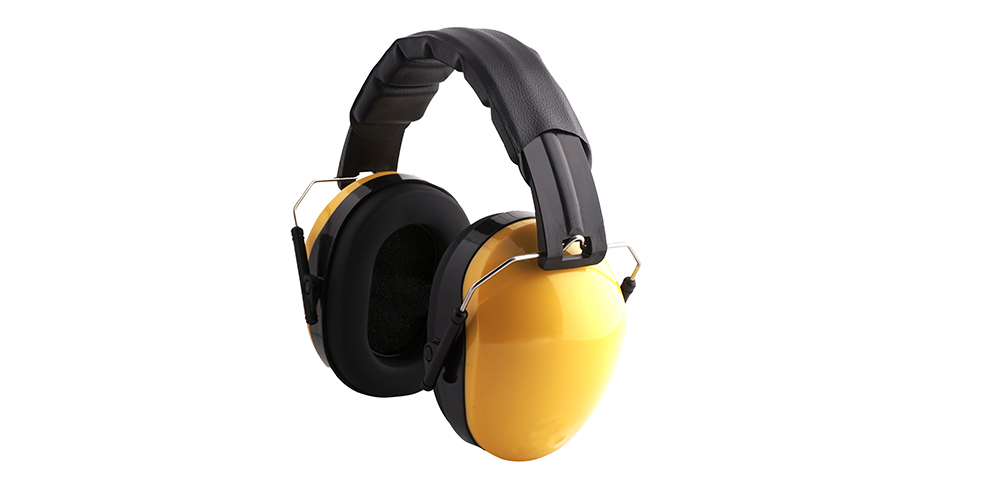

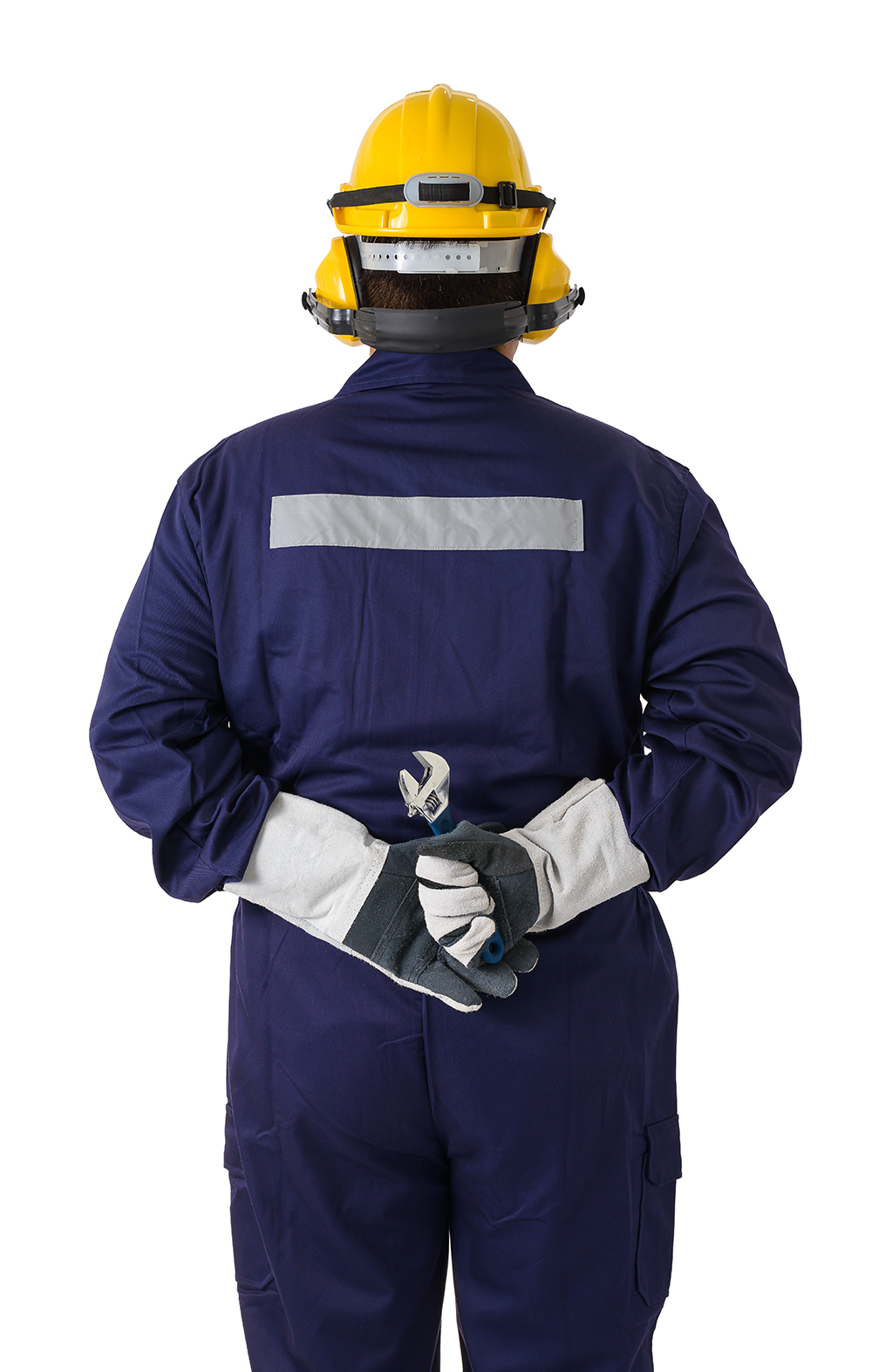

Best Practices for PPE in Wheelblasting
1. Regular PPE Inspections: Conduct regular checks of all PPE to ensure it is in good condition. Safety gear such as gloves, glasses, and helmets should be inspected for wear and tear and replaced promptly if damaged.
2. Training and Proper Fit: Ensure that all workers receive training on the correct use and fit of PPE. Ill-fitting PPE can reduce its effectiveness, so it is crucial that workers understand how to properly wear and adjust their protective gear.
3. Adherence to Company Standards: Follow the company’s PPE standards and procedures to ensure compliance with industry regulations. Each workplace may have specific guidelines based on the type of materials being handled and the risks present in the work environment.
Conclusion and Expert Guidance
By utilizing slip-resistant safety shoes, long-sleeve clothing, cut-resistant gloves, safety glasses, dust masks, reinforced helmets, and hearing protection, workers are shielded from the hazards of their work environment. It is also important to implement regular PPE inspections and ensure that all equipment is properly fitted and used according to safety standards.
For expert guidance on selecting and maintaining the right PPE for your wheelblasting operations, it is beneficial to consult with industry professionals. Expert recommendations can help you optimize your PPE strategy, ensuring that your workforce remains protected in hazardous environments while maintaining productivity and compliance.



